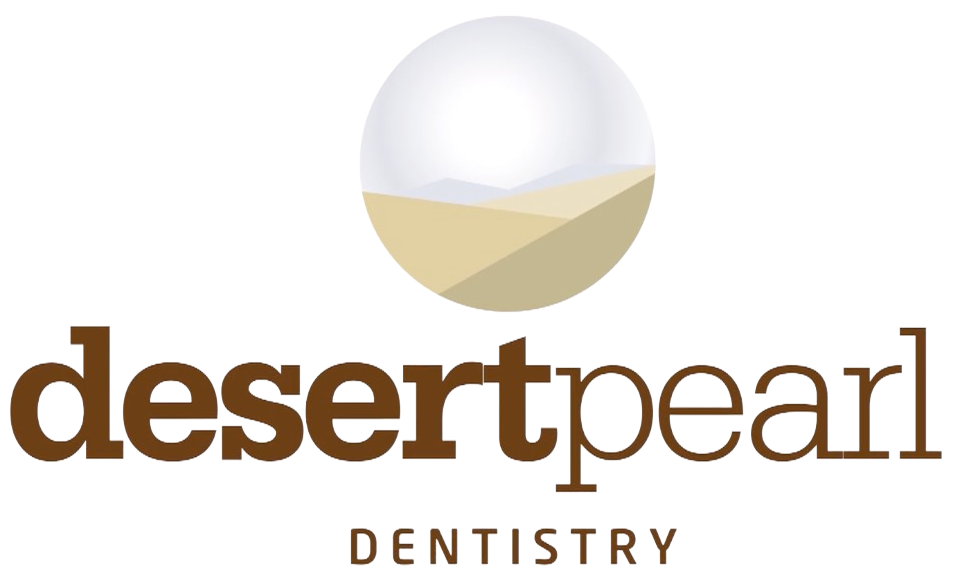Sedation dentistry is a service available at most dental clinics across the United States. Receiving sedation is unnecessary for most forms of preventative dental care. However, many parents have concerns when a procedure requiring sedation involves a child. Sedation dentistry can be very helpful for pediatric patients for many reasons. Particularly anxious or fidgety children may need sedation to relax them so the dentist can safely work on their oral health. When procedures that may be painful, such as endodontic care, are required, then sedation dentistry can be used to ease pain and ensure a positive experience. Sedation and anesthesia are safe to use with children when performed by an individual trained in these processes.
Is Sedation and Anesthesia Safe For My Child?
The American Academy of Pediatrics has laid out guidelines governing the use and administering of sedatives and anesthesia to children. The specifics of these guidelines vary depending on the method being used. These guidelines ensure that there are precautions to ensure everything is done safely and effectively. While a rare occurrence, these guidelines include steps to take if serious problems occur during treatment. Deep sedation is rarely used on children and is when these problems are most likely to occur.
The types of sedation available for dental care are included below:
- Nitrous Oxide – This is by far the mildest of all forms of sedation. It is delivered in the form of a gas administered through a mask. Dentists can instantly adjust the amount of gas the patient receives. Throughout the treatment, the patient will remain conscious and relaxed. This allows them to communicate concerns and important information to the dentist throughout.
- Mild Sedation – Mild sedation can involve multiple forms of medication. When children are involved, the dentist will often skip this kind of sedation. Instead, they’ll go to moderate sedation or stick with nitrous oxide. This is not due to any particular risks involved. Instead, it involves medication in pill form, which takes time to set in.
- Moderate Sedation – Moderate sedation is a stronger form of sedation available at many dental clinics. This process involves sufficient medication to render the patient sleepy and generally unresponsive. While not as deep as deep sedation, it relieves dental anxiety or fidgety movement concerns.
- Deep Sedation – Deep sedation is administered with the help of two trained professionals. One of these individuals will be directly involved in delivering the anesthesia. The other is strictly there to observe and watch for problems. They will not often take an active role in the delivery of care.
All forms of sedation are largely safe for patients of any age. However, there are increasing risks as more powerful forms of sedation is provided. As such, your dentists will typically choose to go with the mildest sedation method appropriate for the care they’ll provide.
Ask Your Dentist About Their Sedation Options
Not all dental clinics will provide all forms of sedation. During your next visit to the clinic, ask your dentist about the sedation options available at their practice. They’ll explain which options they offer and which might be appropriate for your oral health concerns.



